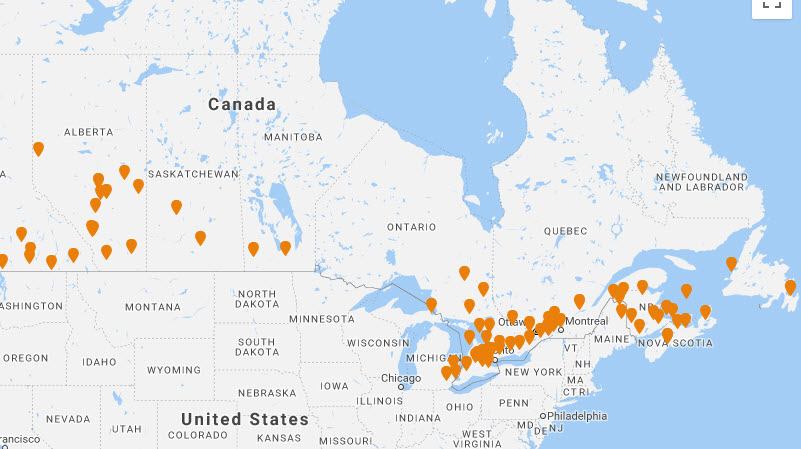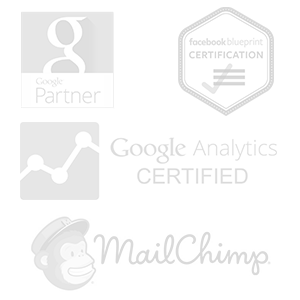 A national healthcare provider with 100+ locations approached the Marketing Garage to improve their organic Google rankings and local maps rankings. Although they were the leader in their category, they felt that they were underrepresented in search engines and were ranking poorly for a variety of valuable keywords.
A national healthcare provider with 100+ locations approached the Marketing Garage to improve their organic Google rankings and local maps rankings. Although they were the leader in their category, they felt that they were underrepresented in search engines and were ranking poorly for a variety of valuable keywords.
Through a combination of extensive keyword research to uncover the language that consumers actually use, along with the implementation of SEO best practices, we were able to reach first page rankings for a variety of high value keywords. This ultimately created a monthly 10x increase in traffic from search engines.


